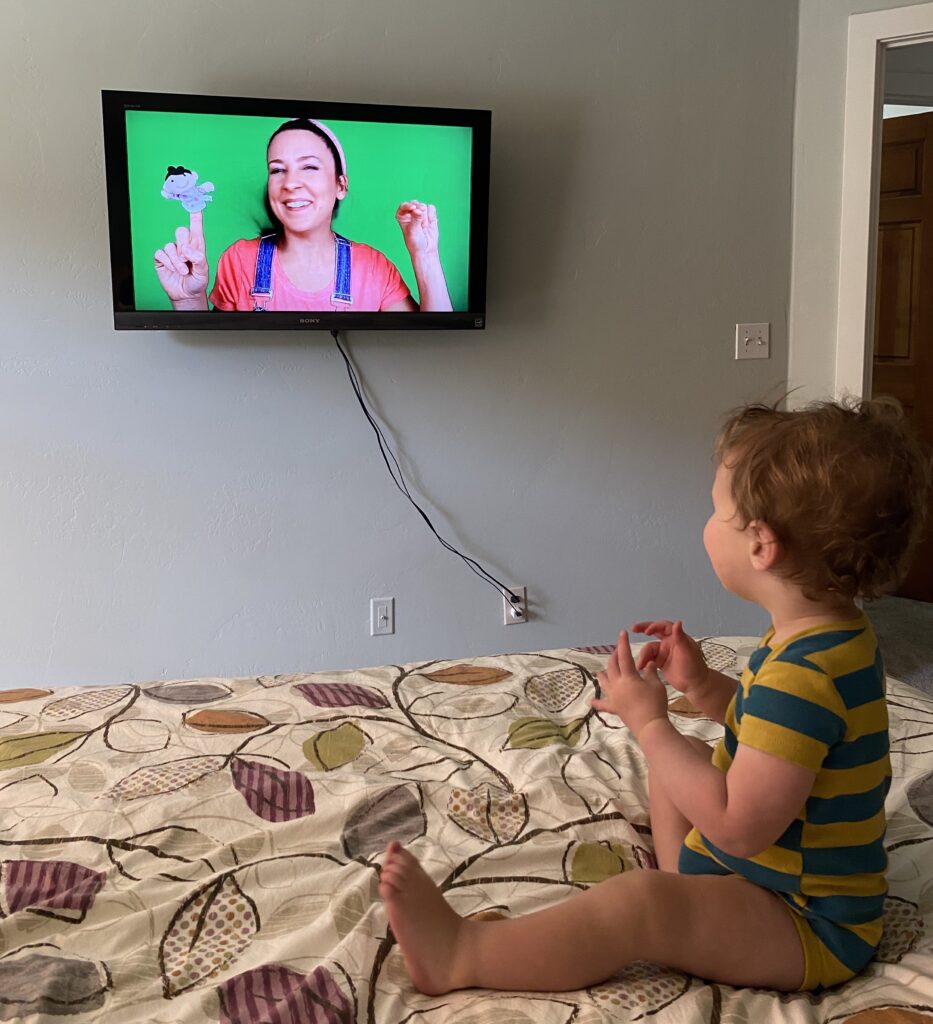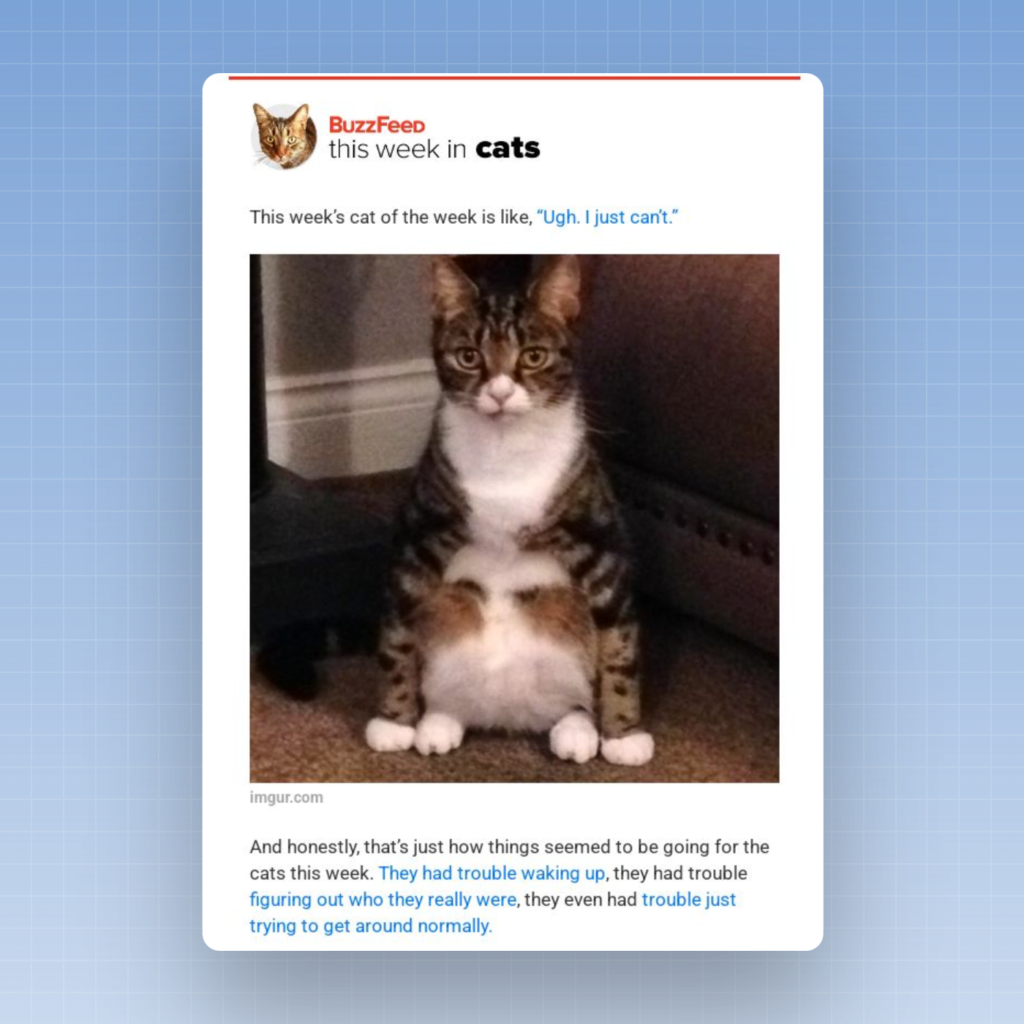
Last night, we went down to Sundance to see a few singer-songwriters from Nashville — Trannie Anderson, Josh Jenkins, and Matt Jenkins — perform on stage as part of a series of concerts with Nashville’s famed Bluebird Cafe. Together, the three of them have written songs played by some of the biggest artists in country music: Lainey Wilson, Walker Hayes, Keith Urban.
But as they told stories about their work, one thing came up over and over again: It takes an awful lot of writing songs just to get one song on an album. The Jenkins brothers told a story about writing a song for an artist, who passed on it — before deciding to record it several years later. Anderson told a story about working a job as a dog walker for a famous country musician who ended up recording one of her songs almost a decade later. All of the artists on stage said that they might have to write a 100 or more songs just get one that’s worthy of being recorded. (And there’s still no guarantee that the song will end up on an album!)
Sure, there are overnight success stories out there, but to me, the night was a reminder that it usually takes a lot of work, a lot of patience, and a lot of rejection to get to where you want to go.
———
I took that photo during the show. The stage at Sundance is absolutely spectacular — it’s built into the hill, with just a little backlight against the dark night sky. If you get a chance to go there for a concert, you should.









